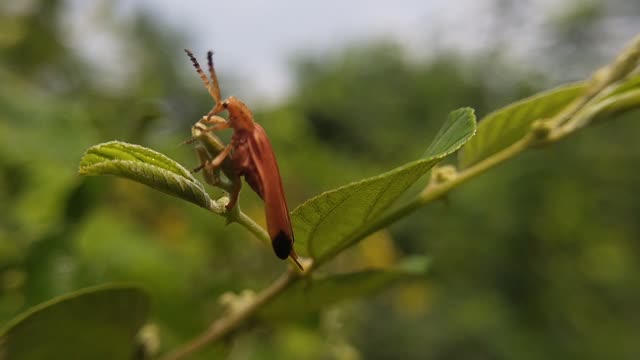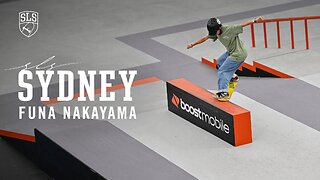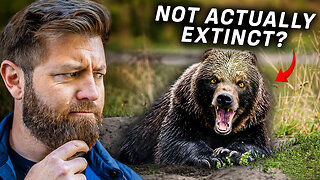Premium Only Content

orange in color beetle rhagonycha fulva insect
Rhagonycha fulva, the common red soldier beetle, also misleadingly known as the bloodsucker beetle, and popularly known in England as the hogweed bonking beetle is a species of soldier beetle
A very common species, occurring throughout Europe and southeast through Anatolia. Now established in parts of North America and Canada where it was introduced. Generally abundant through the U.K. to the Northern Highlands and Western Isles. There are records scattered through Ireland. Adults appear from early June, exceptionally late May depending on the season, and are soon abundant. They remain so until August with occasional specimens surviving into September. They may be found in most situations; woodland, parkland, gardens, wasteland and arable borders etc. and are abundant throughout our local area. Adults frequent flowers, especially Apiaceae (umbels), Asteraceae (thistles etc.) and Senecio jacobaea (ragwort) but they may be found on a very wide variety of plants. They fly readily and are quick to find new flowers. Adults are often seen mating as this is a prolonged affair, hence the vernacular. The species is diurnal, becoming active in bright sun; they fly in search of flowers where they predate small insects but they also feed on pollen and nectar. Females oviposit in the soil where the brown, maggot-like larvae will live among leaf litter etc. preying on insects, springtails, slugs and snails etc. until the following spring. The larvae generally live around the base of long grasses. Pupation occurs in the soil the following spring and the adults eclose soon afterwards.
This very distinctive species is at once recognizable as a cantharid and once keyed as a Rhagonycha-there are several superficially similar Cantharis species-its identity will be obvious. In general soon recognized from its abundance and the many excellent pictures available on line.
8-10mm. Head orange, shiny, finely punctured and pubescent. Antennae inserted between the front margins of the eyes; black with the first and the base of the second segment orange. Eyes prominent and round. Temples rounded and gradually narrowed towards the pronotum. Pronotum quadrate, orange and shiny. Pronotal puncturation and pubescence less dense than on
head. Shape variable but narrowed towards the front and gently sinuate laterally and along the base. Side margin explanate from the middle to the rounded front angles. Front margin raised. Surface strongly convex either side of middle towards base. Elytra covering abdomen, except in pregnant females, or at least the wings. Light brown to yellowish with the apical area darkened to black. Shiny, without striae and with pale yellow, recumbent pubescence. Femora and tibiae orange. Tarsi black with the third segment simple. Claws smooth and divided apically. Females are a little broader and dilated apically.
-
 4:31
4:31
SLS - Street League Skateboarding
10 days agoFuna Nakayama 3rd Place at SLS Sydney 2024 | Best Tricks
61.2K7 -
 2:15:24
2:15:24
vivafrei
18 hours agoEp. 236: BARNES IS BACK! Election Recap! Trump Nominees! Trump Persecutions - Wha's Next? & MORE!
223K221 -
 6:25:47
6:25:47
SynthTrax & DJ Cheezus Livestreams
17 hours agoDJ Cheezus & DEF JAM Fight for NY on PS2 - Hip Hop Violence and Vibes (1pm PST / 4pm EST)
88K4 -
 2:01:47
2:01:47
Nerdrotic
12 hours ago $13.83 earnedEgypt, Peru and Guatemala Luke Caverns RETURNS! | Forbidden Frontier #082
76.8K10 -
 LIVE
LIVE
Vigilant News Network
12 hours agoFDA Approves Trials for New “Pandemic” Vaccine | Media Blackout
2,221 watching -
 4:06:21
4:06:21
GamerGril
13 hours agoIM THE GREASTEST OF ALL TIME AT.... CHAOS | DAYS GONE
117K12 -
 3:00:18
3:00:18
Due Dissidence
1 day agoTHE PEOPLE VS NATURE by Kevin Augustine - plus a talkback w/ Jimmy Dore
136K12 -
 6:02:06
6:02:06
Rotella Games
19 hours agoMake the Hood Great Again | Day 3 | GTA San Andreas
89.8K5 -
 2:50:48
2:50:48
PudgeTV
19 hours ago🟡 Practical Pudge Ep 48 with "Willie Faulk" | Catching Up With Old Friends
78.3K3 -
 18:32
18:32
Forrest Galante
1 day ago5 Extinct Animals That I Believe Could Still Be Alive...
180K38